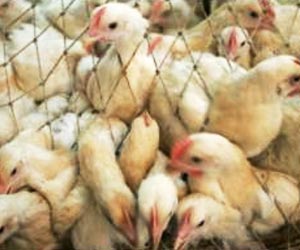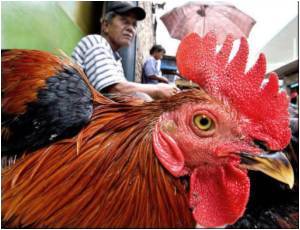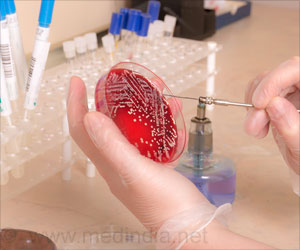Despite the risk to human health of spreading antibiotic resistance, many countries permit antibiotics to be used in food animal production.

‘Widespread misuse of antibiotics in the poultry sector has triggered avery high growth of antibiotic-resistant bacteria in Indian poultry chickens raised for meat and eggs.’





The study, led by researchers from the Center for Disease Dynamics, Economics & Policy (CDDEP) and published in Environmental Health Perspectives, found high levels of antibiotic-resistant pathogens in chickens raised for both meat and eggs on farms in India's Punjab state. Many countries, including the U.S., permit antibiotics to be used in food animal production, despite the risk to human health of spreading antibiotic resistance. The U.S. Food and Drug Administration's voluntary ban on use of antibiotic growth-promoting agents in animals took effect in January, but its effectiveness is not yet known. Advocates of reducing non-therapeutic antibiotic use in animals have expressed skepticism about how well the voluntary ban will work.
"This study has serious implications, not only for India but globally," said study author and CDDEP Director Ramanan Laxminarayan. "Overuse of antibiotics in animal farms endangers all of us. We must remove antibiotics from the human food chain, except to treat sick animals, or face the increasingly real prospect of a post-antibiotic world."
For the CDDEP study, the largest of its kind ever to be conducted in India, researchers collected samples from 530 birds on 18 poultry farms and tested them for resistance to a range of antibiotic medications critical to human medicine. Two-thirds of the farms reported using antibiotic factors for growth promotion; samples from those farms were three times more likely to be multidrug-resistant than samples from farms that did not use antibiotics to promote growth.
Although the researchers found reservoirs of resistance across both types of farms, meat farms had twice the rates of antimicrobial resistance that egg-producing farms had, as well as higher rates of multidrug resistance.
Advertisement
Additional testing revealed the presence of certain enzymes that confer drug resistance to medications used, for example, to treat E. coli, bacterial pneumonia, and other infections. Almost 60 percent of E. coli isolates analyzed contained these enzymes.
Advertisement
Source-Eurekalert















